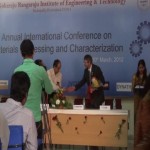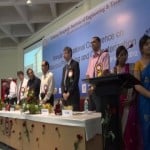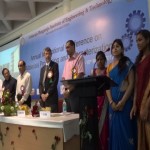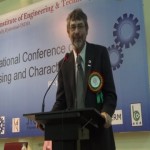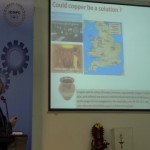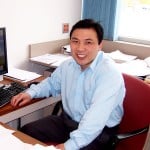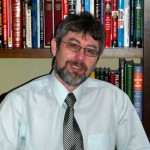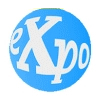 2012 Undergraduate Expo Entries
2012 Undergraduate Expo Entries
SENIOR DESIGN
Title and Representative
Economic Recovery of Alloying Elements from Grinding Swarf
Alicia Steele
Reduce Distortion in Ferritic Nitrocarburizing of Gray Iron
Carol Deming
Fatigue in Stainless Steel Components Produced by Powder Metallurgy & Hot Isostatic Pressing
Samantha Leonard
EZAC Creep Testing Team
Deane Kyle
Effects of Mn and Sn on Ductile Iron
Dale Goodloe
Residual Stress of Gray Iron Brake Rotors
Carol Dem
Waupaca FNC Case Depth
Ashwin, Vekaria
ENTERPRISE TEAMS
Advanced Metalworks Enterprise
Zac Dvorak
